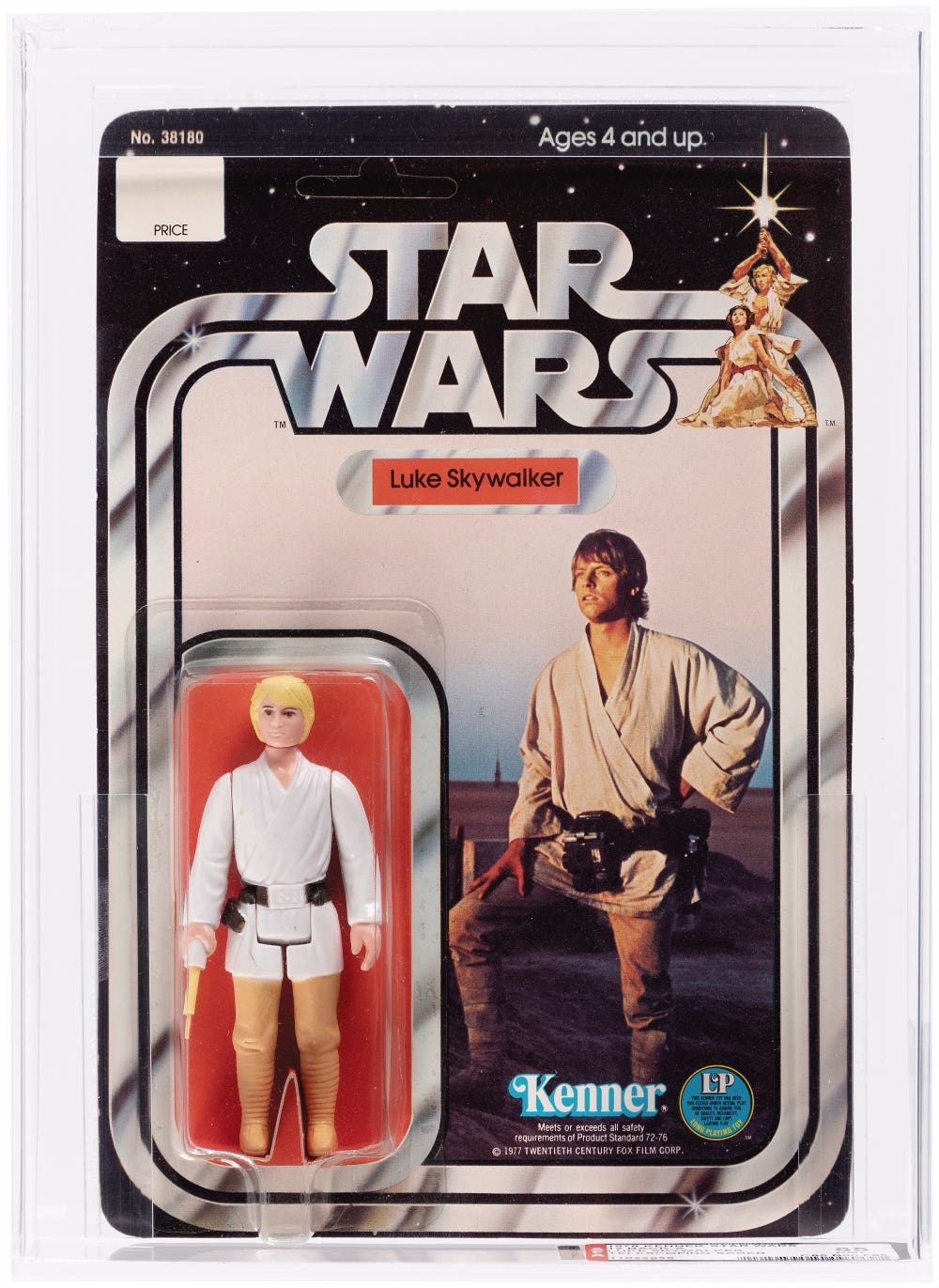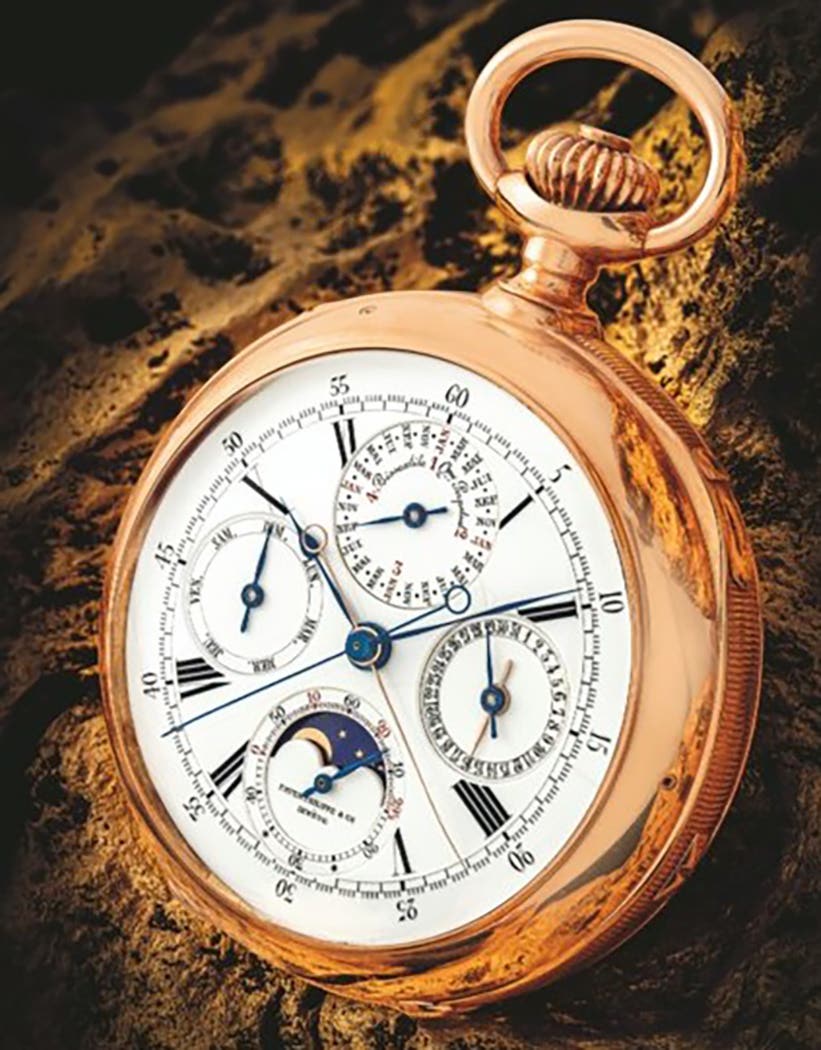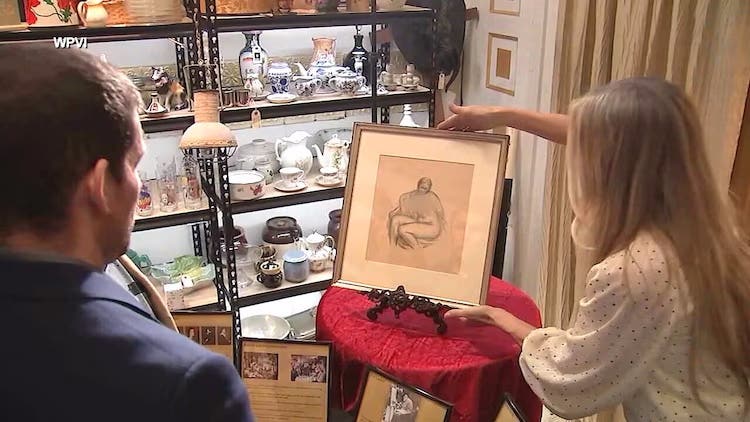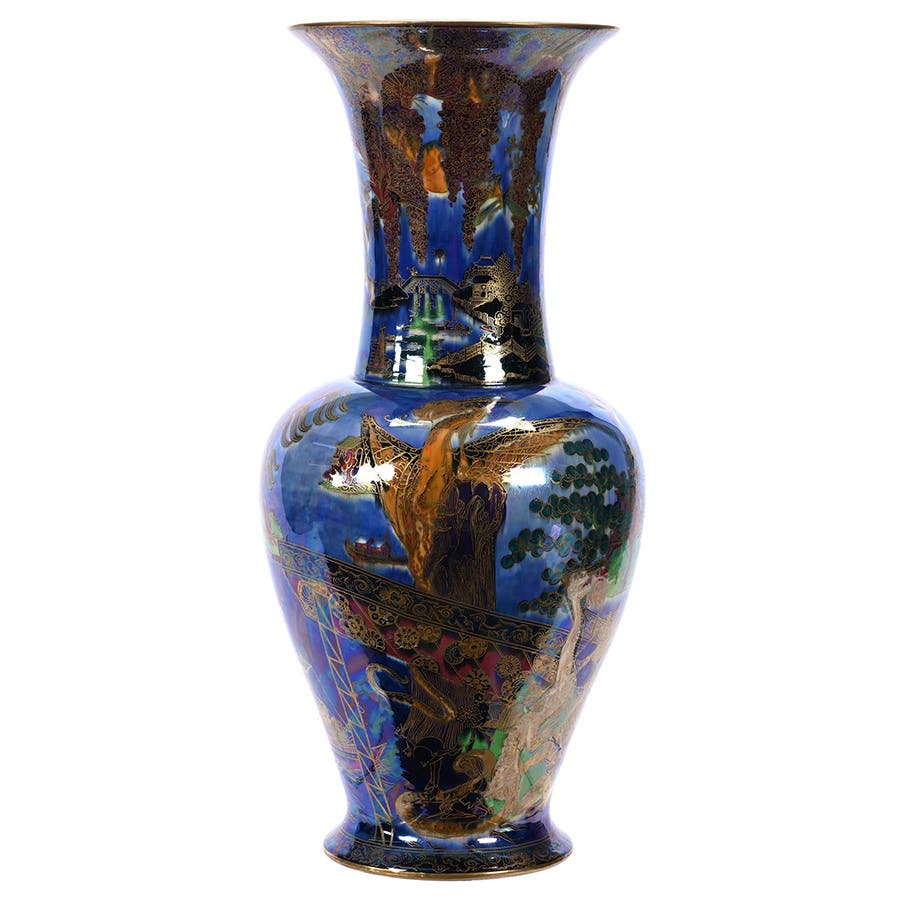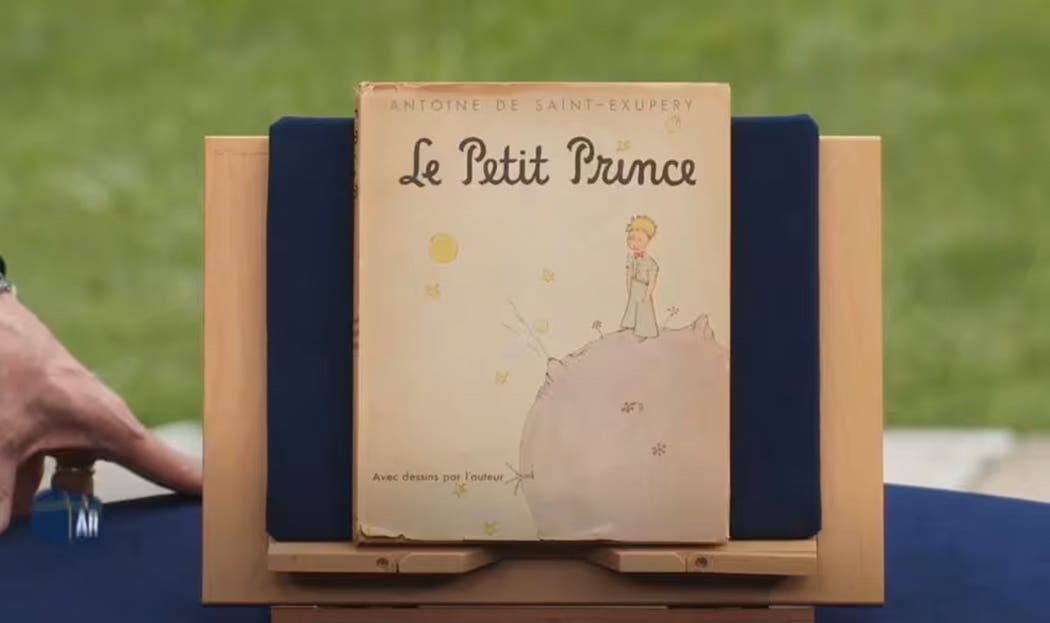Suspected whorehouse lamp proves of value
In this Ask the Experts column, Susan Mullikin addresses two inquiries with evaluations containing history about lighting used in a ‘red light district,’ and retro canisters with a ‘merry’ presence.
Q If possible can you identify this lamp for me. It was my grandmother’s and she called it a whorehouse lamp. I would like to know more information about it and a value, if possible.
— Anonymous
via email
Art Nouveau Influence In 'Whorehouse' Lamp
A The Art Nouveau era, 1890-1905, a fascinating time period in history is responsible for the influence in production of many elaborate pieces and well-known designers, as well as your lamp which was originally your grandmother’s.
Many designers at that time felt that 19th century design appears ornamental. The belief that the function of an object should dictate its form is widespread. Thereby, the Art Nouveau movement came into being. As a “Total Art,” many at that time thought art should be a way of life.
This movement bears indications of flowing lines, natural forms, and structures, and the curving of lines representative of plants and flowers. Your brass lamp is indicative of this period with its four radiating arms ending in brass ornate flower shapes, in which to place the light bulbs.
Storied Indicator of Business Operation
You mentioned your grandmother referred to her lamp as a “whorehouse lamp.” When doing research into this “label,” I did notice light, particularly red light, was associated in the operation of a brothel. Also referred to as a “tramp lamp” this lamp was placed in the window to indicate the establishment was open and the nature of the business conducted there. Perhaps your grandmother remembered this particular lamp once used in this respect and referred to it as such. Or perhaps the form of the lamp gave her reason to name it a whorehouse lamp.
In regard to value, I would suggest checking for any maker’s marks or signatures, as this always affects value greatly. In today’s market I would value your lamp conservatively at $375 to $425.
Retro Kitchen Canisters = Cool
Q I have a set of Sears and Roebuck 1978 Merry Mushroom canisters. They have never been used and are still in the original box, which has been opened, but it has been in an attic for years. There are no cracks in the paint or chips anywhere or dust on them. Are they worth anything? Thank you.
— A
via email
A What’s hot and what’s not? Definitely your four-piece canister set is hot and what’s considered to be trending in today’s collectibles market. People seem as if they can not get enough lately of these adorable Merry Mushrooms, if not the canisters such as yours, then all the separate accessory pieces to complete a set.
The name of the famous company of Sears Roebuck is stamped on the bottom of your canister set. It is an American icon founded by Richard Warren Sears and Alvah Curtis Roebuck in 1886. The company began as a mail order catalog business. It did not open retail locations until 1925. The Sears catalog of 1978 was 1,427 pages in size. Your four piece canister set appears in that catalog,
Merry and Magical Mushrooms
The image of the brown and orange mushroom as decorated on your canisters reflect possibly that of the “Magic Mushroom.” The properties of the “Magic Mushroom” have been known to evoke a sense of spiritually, a massive mood lift, and a sense of well being. Perhaps this was taken into consideration when choosing the motif for this set of kitchen canisters.
Your four piece set in absolutely mint condition retains the original box and the cardboard liners. With that I would assess this set at $95 to $110. In today’s market, many times people pay more for the original box than for the actual contents of the box, which are considered common.




